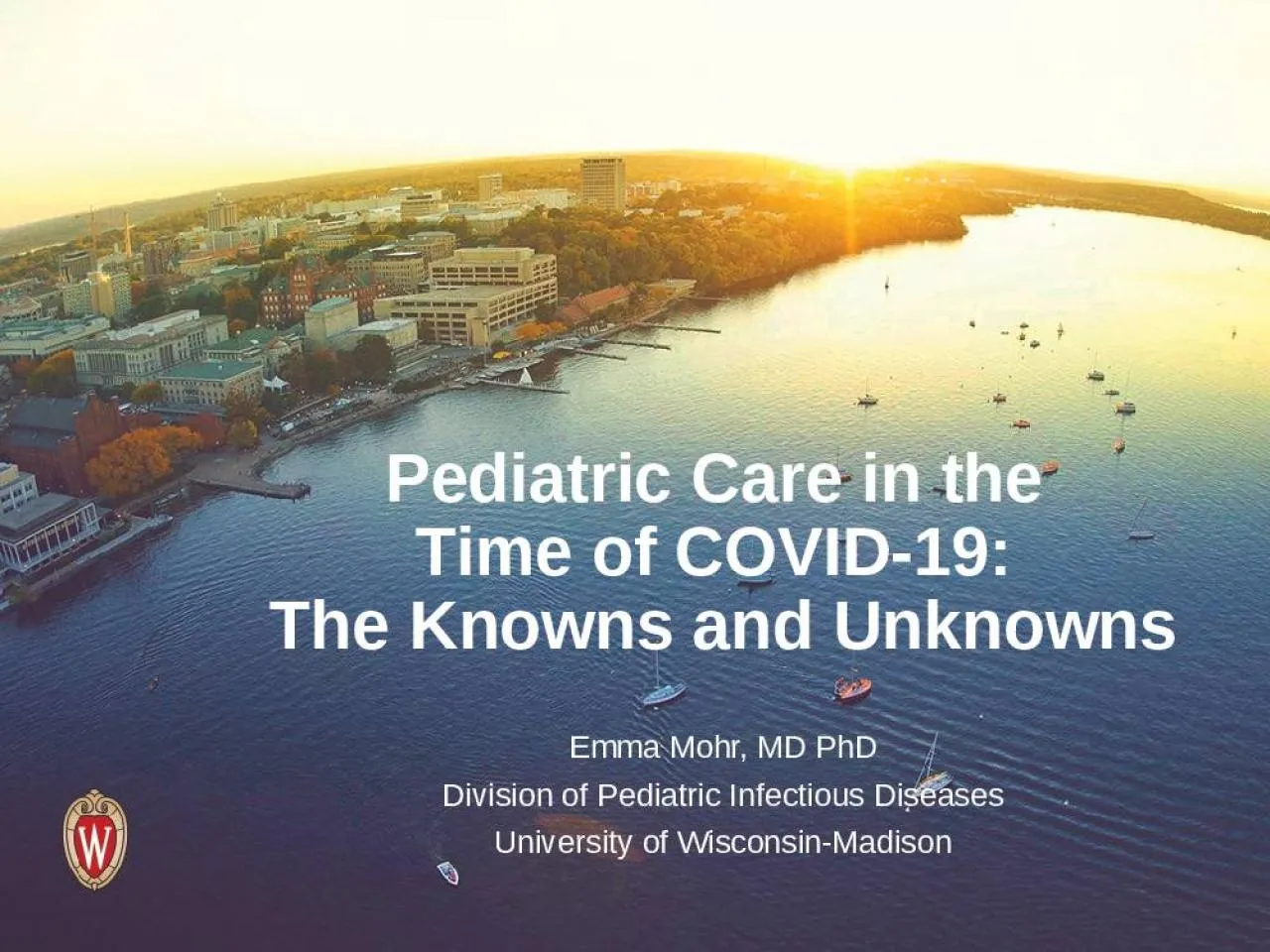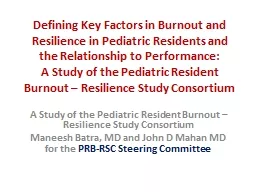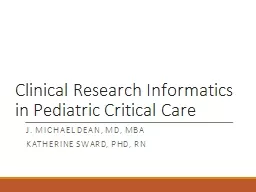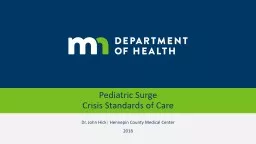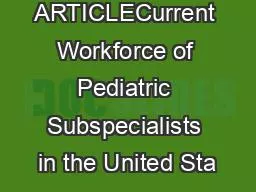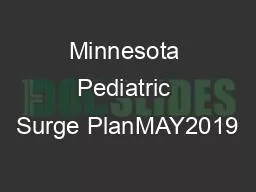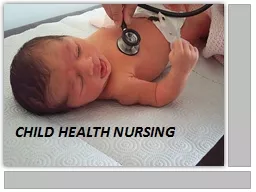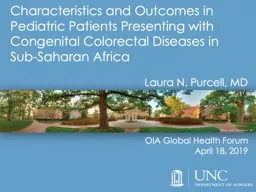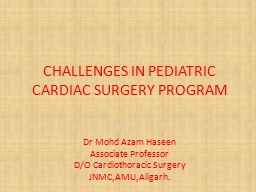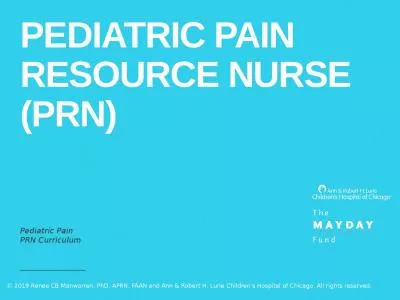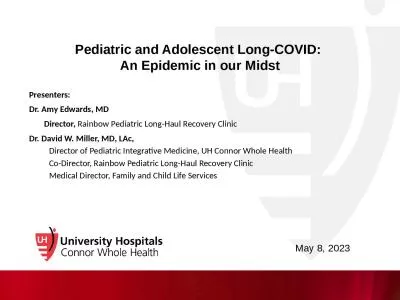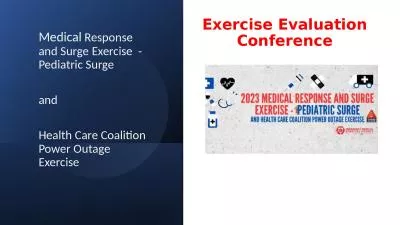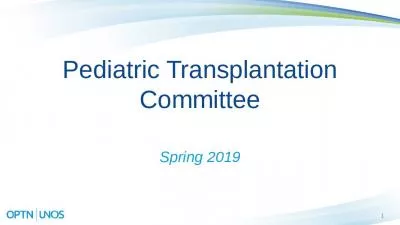PPT-Pediatric Care in the Time
Author : deena | Published Date : 2022-05-18
of COVID19 The Knowns and Unknowns Emma Mohr MD PhD Division of Pediatric Infectious Diseases University of WisconsinMadison Outline and Goals Spectrum of symptoms
Presentation Embed Code
Download Presentation
Download Presentation The PPT/PDF document "Pediatric Care in the Time" is the property of its rightful owner. Permission is granted to download and print the materials on this website for personal, non-commercial use only, and to display it on your personal computer provided you do not modify the materials and that you retain all copyright notices contained in the materials. By downloading content from our website, you accept the terms of this agreement.
Pediatric Care in the Time: Transcript
Download Rules Of Document
"Pediatric Care in the Time"The content belongs to its owner. You may download and print it for personal use, without modification, and keep all copyright notices. By downloading, you agree to these terms.
Related Documents

